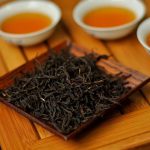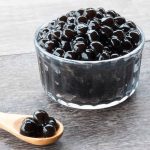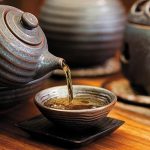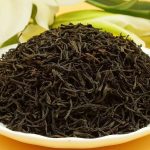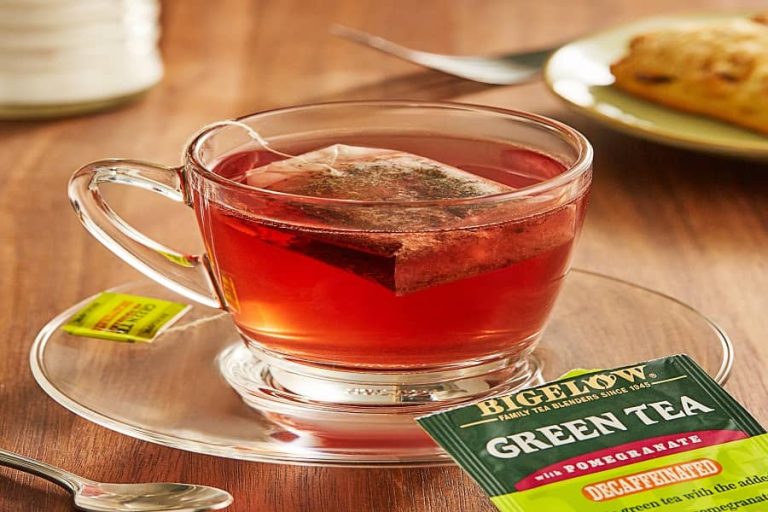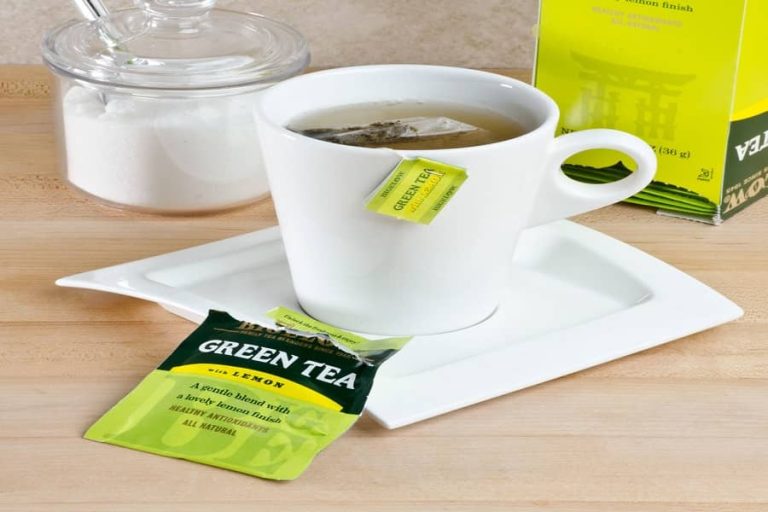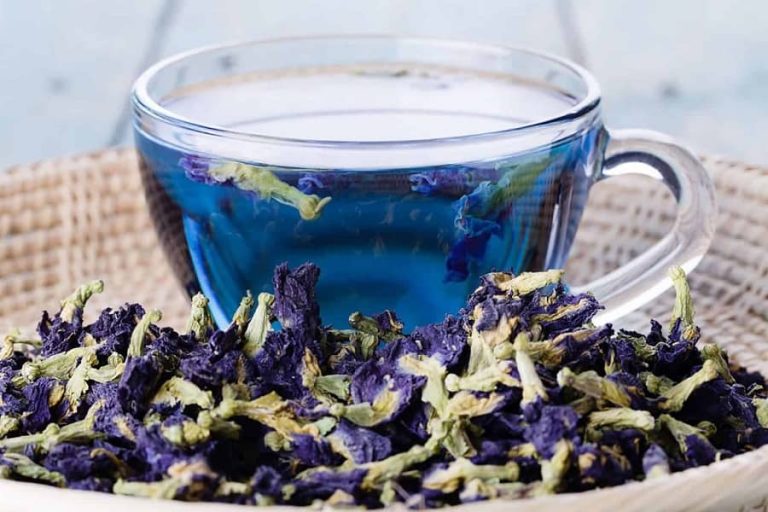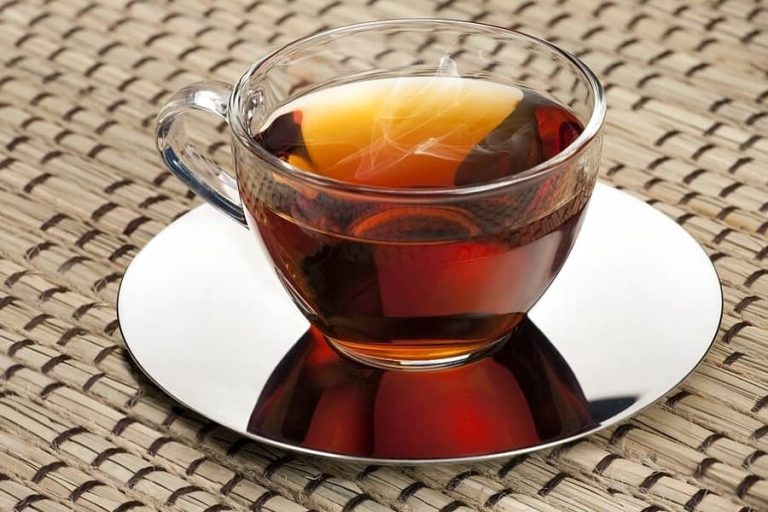Understanding the Caloric Content of Afternoon Tea

Afternoon tea, a cherished British tradition, has gained popularity around the world as a delightful way to indulge in a mid-day treat. While it’s easy to get lost in the elegance and deliciousness of the experience, it’s important to be mindful of the calories that accompany this delightful spread.
What is Afternoon Tea?
Originating in the 19th century, afternoon tea was introduced as a solution to the long gap between lunch and dinner. It typically consists of a selection of finger sandwiches, scones with clotted cream and jam, and an assortment of pastries and cakes. The combination of these delectable treats creates the perfect balance between savory and sweet indulgence.
Calories and Healthy Eating:
Understanding calories is crucial for maintaining a healthy lifestyle. Calories serve as a measure of the energy content in food and drinks. Balancing our calorie intake with our energy expenditure can help manage weight and prevent health issues.
Caloric Content in Common Afternoon Tea Items:
To have a better understanding of the calories present in afternoon tea, let’s take a closer look at some typical items. Finger sandwiches, such as cucumber or smoked salmon, usually range from 100 to 150 calories each. Scones, the quintessential part of afternoon tea, can amount to approximately 200 to 250 calories per serving, including clotted cream and jam. Pastries and cakes, depending on their size and ingredients, can vary from 150 to 400 calories per piece.
Tips for Managing Calories in Afternoon Tea:
Enjoying afternoon tea doesn’t mean we have to compromise on health. Here are some tips to help manage calories while indulging:
- Opt for whole grain or multigrain bread for sandwiches to add fiber and nutrients.
- Choose low-fat spreads or fillings, such as light cream cheese or lean protein options like grilled chicken.
- Share scones with your companions instead of consuming an entire serving.
- Look for healthier pastry options, like fruit tarts or mini desserts with reduced sugar.
- Be mindful of portion sizes and savor the flavors slowly.
Balancing Indulgence and Health:
It is essential to strike a balance between treating ourselves to indulgent moments and maintaining overall health. Afternoon tea can be enjoyed as an occasional splurge, complementing an otherwise balanced and wholesome diet. Regular physical activity can also help offset the indulgence, keeping our bodies active and healthy.
FAQ About calories in afternoon tea
- How many calories are in an afternoon tea?
A typical afternoon tea set may include scones, sandwiches, cakes, and pastries, which can range from 400 to 800 calories per serving. However, the exact amount of calories can vary based on the size and type of food served. - Are there any low-calorie options for afternoon tea?
Yes, some afternoon tea sets offer healthier options such as fruit and vegetable-based sandwiches, salads, and light desserts. Opting for a smaller serving size and skipping high-calorie treats like cream or butter can also reduce calorie intake. - What are the highest calorie items typically served at afternoon tea?
The highest calorie items at afternoon tea are usually sweet treats like cakes, pastries, and chocolate. Sandwiches with rich fillings like cheese or mayonnaise can also be high in calories. - Can I still enjoy afternoon tea if I’m counting calories?
Yes, it’s possible to enjoy afternoon tea while counting calories. It’s important to be mindful of portion sizes, limit high-calorie treats, and choose healthier options like salads or fruit-based sandwiches. - Does drinking tea affect the calorie count of afternoon tea?
Drinking tea without added sugar or milk does not contribute significant calories to afternoon tea. However, adding sugar or milk to tea can increase calorie intake. - Can I burn off the calories consumed during afternoon tea?
The number of calories burned during exercise depends on factors such as age, weight, and activity level. While it may be possible to burn off some of the calories consumed during afternoon tea through exercise, it’s always best to monitor calorie intake and balance it with physical activity. - Is it possible to make afternoon tea more calorie-friendly at home?
Yes, making afternoon tea at home allows you to control the ingredients and portion sizes, making it easier to reduce calorie intake. Using healthier ingredients like whole-grain bread, low-fat spreads, and fresh fruit can help make a more calorie-friendly afternoon tea. - Are there any specific types of tea that have fewer calories than others?
All types of tea (black, green, white, or herbal) are low in calories when consumed without added sugar or milk. However, some herbal teas may offer certain health benefits that can aid in weight management, such as peppermint tea, which can aid digestion. - Can I still indulge in high-calorie treats during afternoon tea occasionally?
Yes, it’s okay to indulge in high-calorie treats occasionally. However, it’s important to keep portion sizes in check and balance it with healthier options. - What are some alternatives to traditional afternoon tea that are lower in calories?
Alternative options to traditional afternoon tea that are lower in calories include salads, soups, and light snacks like raw vegetables with hummus or a fruit plate. Herbal teas or tea-based cocktails can also be a calorie-friendly alternative to traditional tea sets.
Conclusion:
Understanding the caloric content of afternoon tea allows us to make informed choices and practice moderation. With a little knowledge and mindfulness, we can relish the elegant experience of afternoon tea without compromising our health goals. So, go ahead and indulge in this delightful tradition, keeping in mind the importance of balance, portion

